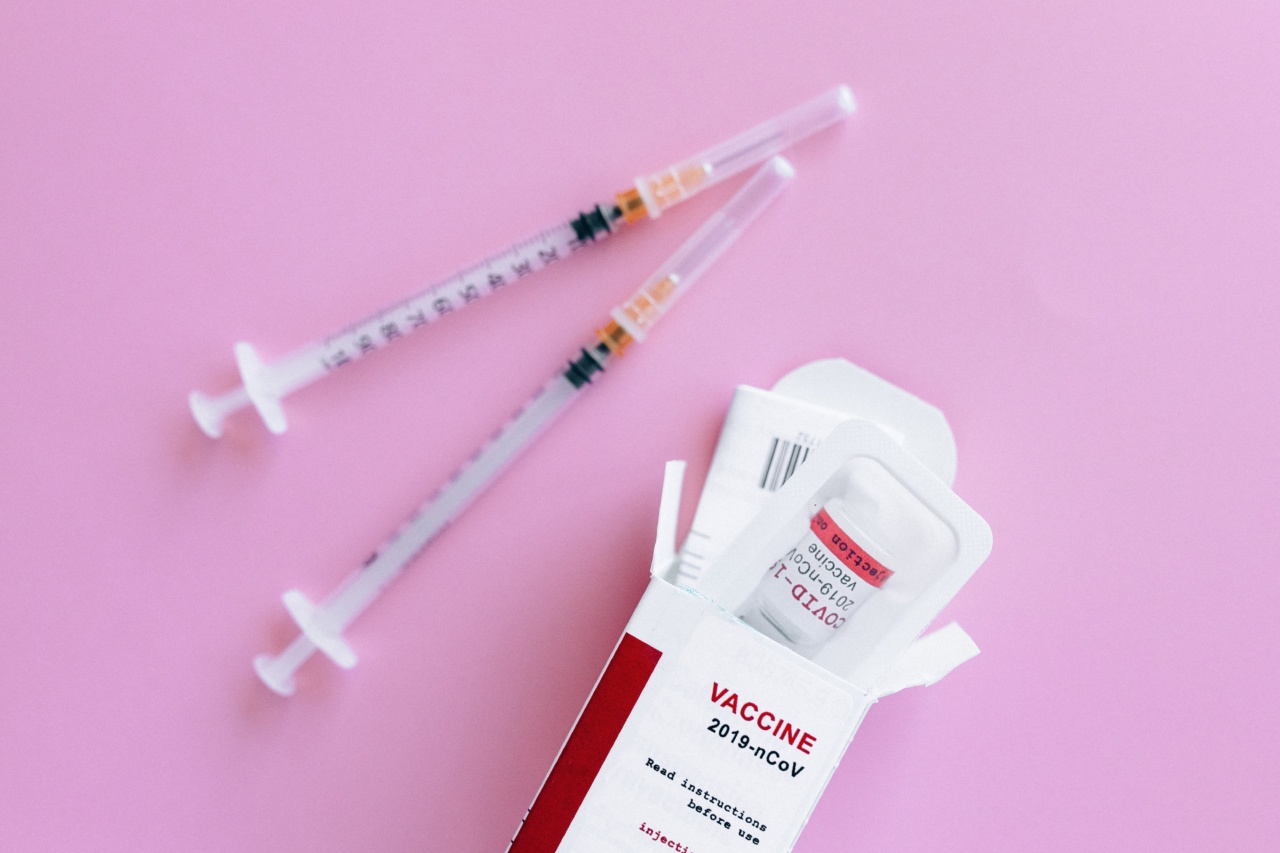Being diagnosed with cancer is one of the most devastating experiences one could ever have. Cancer is not only life-threatening but also leaves cancer survivors with long-term effects such as infertility, chronic pain, and fatigue.
Infertility is one of the most common side effects of cancer treatment, especially for women who want to conceive. Most cancer treatments, such as chemotherapy and radiation, damage the reproductive organs and interfere with a woman’s menstrual cycle and hormone production.
Fortunately, advancements in medical science have led to a new scientific approach that allows cancer survivors to preserve their fertility and have children of their own.
This approach is called fertility preservation, and it involves preserving eggs, sperm, or embryos before cancer treatment begins. With fertility preservation, cancer survivors can hope for a brighter future where they can enjoy motherhood without worrying about infertility or other cancer-related challenges.
What is fertility preservation?
Fertility preservation is a medical approach that allows cancer survivors and other patients facing infertility to preserve their reproductive potential.
The approach involves cryopreserving (freezing) gametes (eggs and sperm) or embryos before medical treatments that might cause infertility. With fertility preservation, cancer survivors can build their own family when they are ready and without worrying about infertility.
Fertility preservation options for women
For women diagnosed with cancer, there are multiple fertility preservation options available, including:.
Egg freezing (oocyte cryopreservation)
Egg freezing is a process where a woman’s eggs are retrieved and then frozen for future use. The process involves stimulating the ovaries to produce multiple eggs simultaneously, followed by retrieval of mature eggs from the ovaries.
Eggs are then frozen and stored in a fertility clinic for future use. Egg freezing is a relatively new technique that has gained popularity, especially among young women who want to delay childbearing or preserve their fertility before chemotherapy.
Ovarian tissue freezing
Ovarian tissue freezing involves the removal of a small piece of the ovary before chemotherapy. The ovary is then cryopreserved and stored for future re-implantation.
After the woman receives cancer treatment, the ovarian tissue is re-implanted, and the woman can then become pregnant if the procedure is successful.
Embryo cryopreservation
Embryo cryopreservation involves creating embryos through in vitro fertilization (IVF). The embryos are then frozen and stored in a fertility clinic.
After the woman receives cancer treatment, the embryos are thawed, and the woman can then become pregnant if the procedure is successful. Embryo cryopreservation is an option only for women who have a male partner or access to donor sperm.
Fertility preservation options for men
Men facing cancer can also benefit from fertility preservation options, which include:.
Sperm cryopreservation
Sperm cryopreservation is a process where sperm is retrieved and then frozen for future use. The process involves ejaculating into a sterile container, and the sperm is then frozen and stored.
Tissue biopsy and testicular sperm extraction (TESE)
For boys who have not yet reached puberty, testicular tissue biopsy is an option. This involves removal of a small piece of testicular tissue under general anesthesia. The tissue is then used to extract viable sperm that can be used in IVF.
For adult men who have gone through puberty, testicular sperm extraction (TESE) is a more common option. TESE involves removing small pieces of testicular tissue and extracting viable sperm cells for use in IVF.
Challenges and risks associated with fertility preservation
Fertility preservation is not without challenges and risks. Some of the challenges associated with fertility preservation include:.
Cost
Fertility preservation can be expensive, and many health insurance plans do not cover the cost. The cost varies depending on the individual’s needs and the preservation method chosen.
Emotional toll
Fertility preservation can be emotionally draining, especially for people facing a cancer diagnosis. The process involves numerous medical appointments, tests, and invasive procedures, which can add to the already overwhelming cancer diagnosis.
Some of the risks associated with fertility preservation include:.
Low success rates
The success of fertility preservation is not guaranteed, and the success rates vary depending on the individual case and the preservation method used. For instance, egg freezing has a higher success rate than ovarian tissue freezing.
Delayed treatment
Fertility preservation procedures may delay cancer treatment, which can be dangerous for some cancer patients. Some cancer treatments require immediate intervention to prevent the spread of cancer cells.
Conclusion
Fertility preservation is a scientific breakthrough that has given cancer survivors hope and a new opportunity to build their families.
With advances in fertility preservation technology, cancer survivors can now consider having children without worrying about infertility resulting from cancer treatment. Although fertility preservation can be expensive and emotionally draining, the potential benefits outweigh the challenges.
The future looks bright for cancer patients who have undergone fertility preservation, and with time, fertility preservation techniques will continue to advance, providing more cancer patients with the opportunity to have children of their own.























